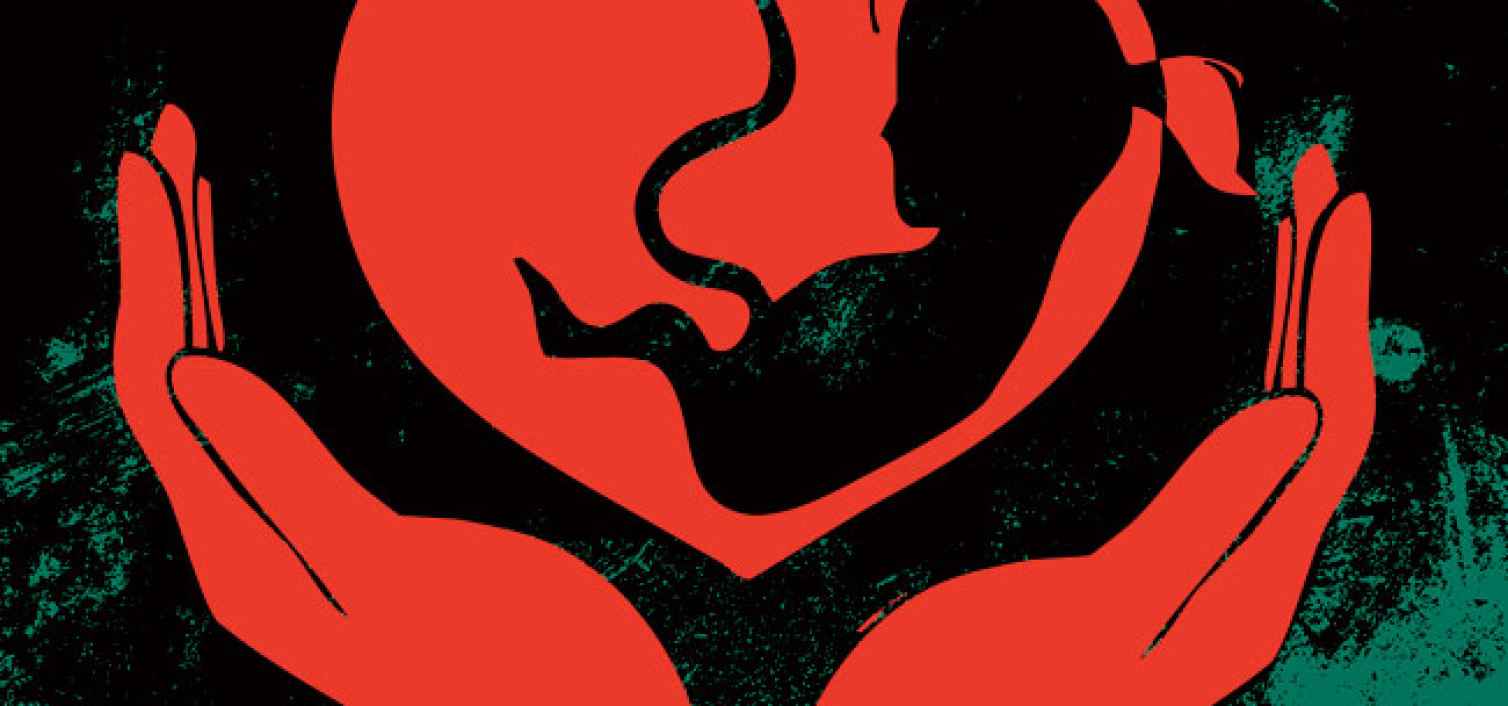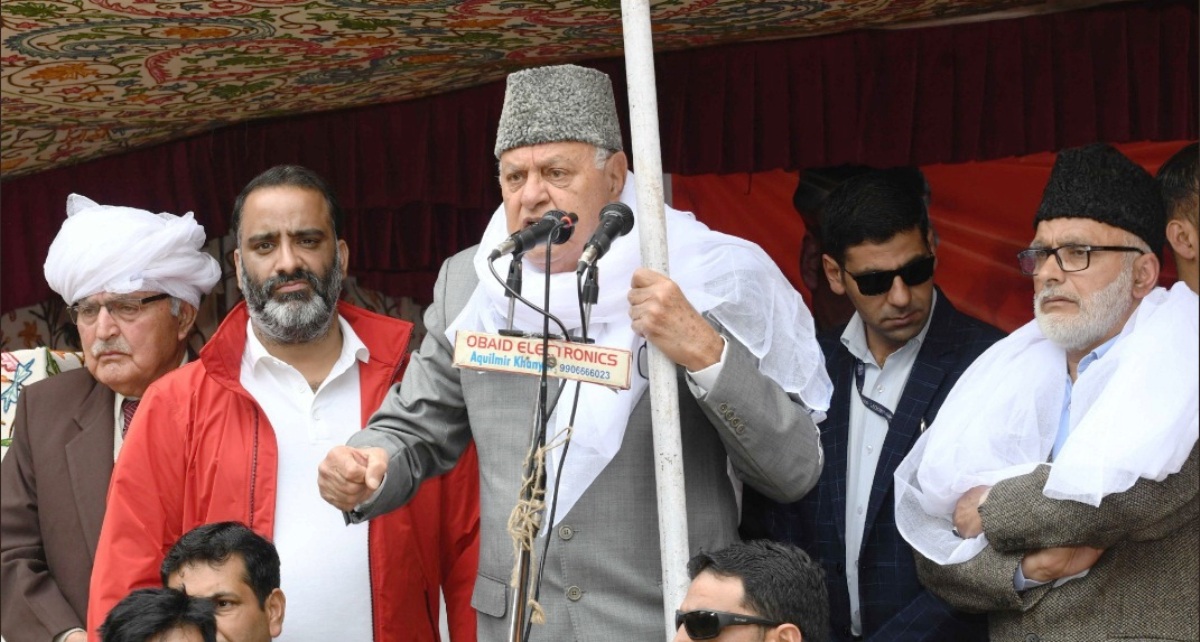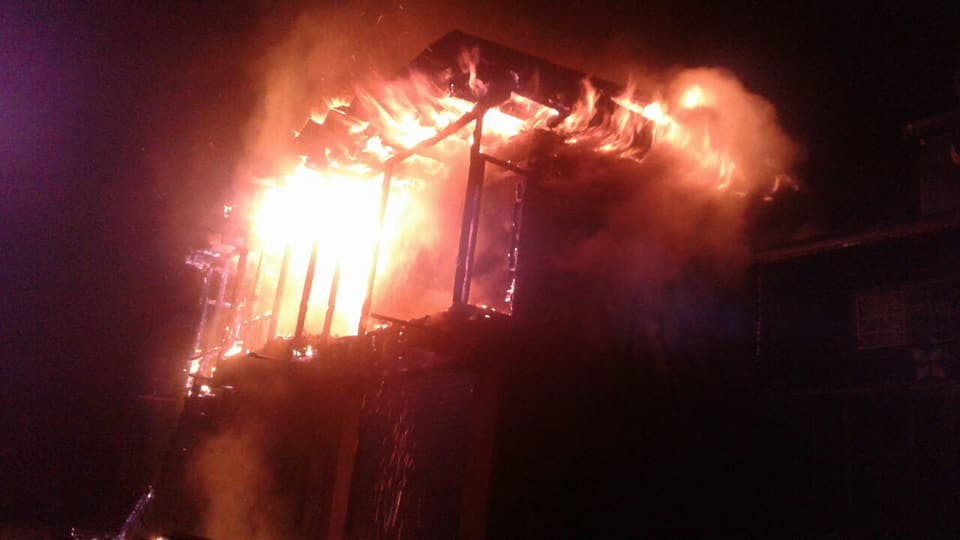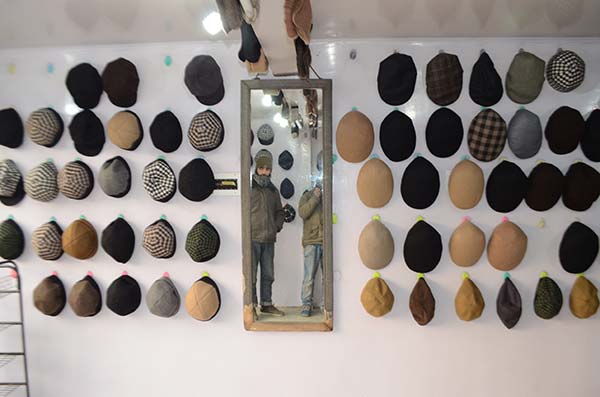Srinagar: Human Rights Organisation- Asian Centre for Human Rights (ACHR) has blamed the lack of seriousness on the part of the state government towards the issue of declining Child Sex ratio.
In its report titled “Missing Girls” released on Tuesday, it sates that Jammu and Kashmir (J&K) is facing a “monumental challenge on the missing girls as a result of female foeticide”.

“The Child Sex Ratio (CSR) fell by drastic 79 points from 941 in 2001 to 862 in 2011 as technology enabling pre-conception and pre-natal sex determination and sex selective abortion became easily available,” the report said.
Despite the practice of “Mahr”, which has to be paid by the groom at the time of marriage which legally becomes bride’s property by the Muslim majority in contrast to the “Dowry’ practiced by the Hindus, the Muslim dominated districts witnessed unprecedented decrease in the CSR than the non-Muslim dominated districts.
The report states that as per 2011 census, the Muslim dominated districts of J&K witnessed unprecedented decline in the CSR than the non-Muslim dominated districts. The CSR of Pulwama district with 95.4% Muslims declined by 210 points from 1046 in 2001 to 836 in 2011; the CSR of Budgam district with 97.6% Muslim population declined by 172 points from 1004 in 2001 to 832 in 2011; the CSR of Kupwara district with 94.5% Muslim population declined by 167 points from 1021 in 2001 to 854 in 2011; the CSR of Ganderbal district with 97.7% Muslim population declined by 151 points from 1014 in 2001 to 863 in 2011; the CSR of Shopian district with 98.5% Muslim population declined by 128 points from 1011 in 2001 to 883 in 2011; and the CSR of Kulgam district with 98.5% Muslim population of 98.5% declined by 121 points from 1003 in 2001 to 882 in 2011. As per 2001 census, these six districts had more females than males in the age group of 0-6 years which exposes sex selection during 2001 to 2011.
“The state of Jammu & Kashmir enacted the J&K Preconception and Pre-natal Sex Selection/ Determination (Prohibition & Regulation) Act in 2002. Further, the J&K state rules for implementation of the PC&PNDT Act were notified only on 7 December 2006. Effectively despite the rampant use of technology for sex selection since its wide spread use from mid 1980s, there was no law to prohibit sex selection in the state till December 2006,” ACHR stated in the report.
As on date, only one conviction was secured in J&K under the PC&PNDT Act. The scheme launched by the state government in June 2011 to give cash reward of Rs 25,000, which has since been increased to Rs 50,000, to anyone providing information with evidence on female foeticide has been a non-starter in the absence of any guidelines for implementation of the scheme.
ACHR also stated that not a single disbursement has been made as on date under the Ladli Beti scheme launched by J&K Government on pilot basis in six districts with low child sex ratio namely Jammu, Kathua, Samba, Islamabad, Budgam and Pulwama in September 2015 and Srinagar and Kishtwar districts in July 2016. Minister of Social Welfare Department of J&K stated before the J&K Legislative Council on June 6, 2016 that a total of 2,244 beneficiaries were identified under the Ladli Beti scheme but not a single disbursement was made to any beneficiary. Since July 2016, Kashmir division faced intermittent shut downs in protest against the killing of Burhan Wani of the Hizbul Mujahideen in an encounter on 8 July 2016.
The report recommends to the state government to undertake effective measures to monitor and ensure proper implementation of the Jammu and Kashmir Preconception and Prenatal Sex Selection/ Determination (Prohibition & Regulation) Act, 2002, inter alia, by (i) increasing the staff and filling up the vacancies for implementation of the J&K PC&PNDT Act, (ii) conducting inspection of each sonography centre at least once in a year, (iii) proper implementation of the scheme providing financial rewards for 49 Missing Daughters: J&K’s biggest challenge after insurgency? providing information on sex selection, (iv) introducing Integrated Monitoring system for J&K PC&PNDT Act and installing tracking devices in all sonography machines; (iv) holding time bound trial of the cases under the J&K PC&PNDT Act and (v) making necessary budgetary allocations for implementation of these measures.















